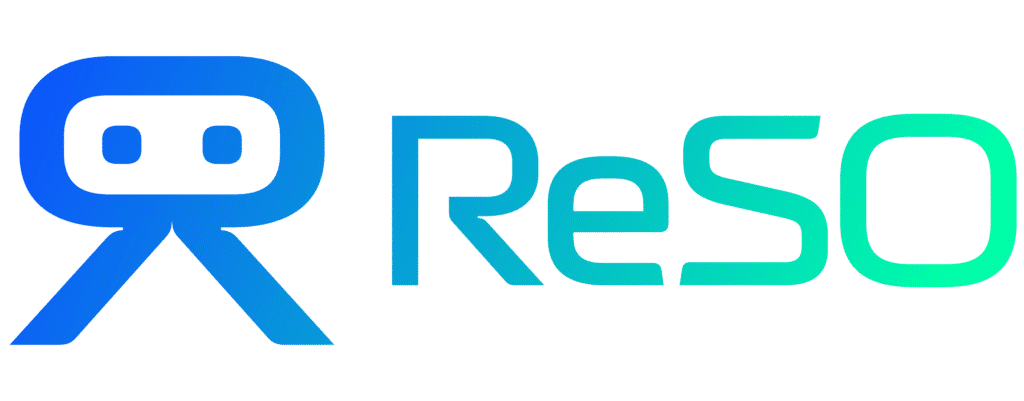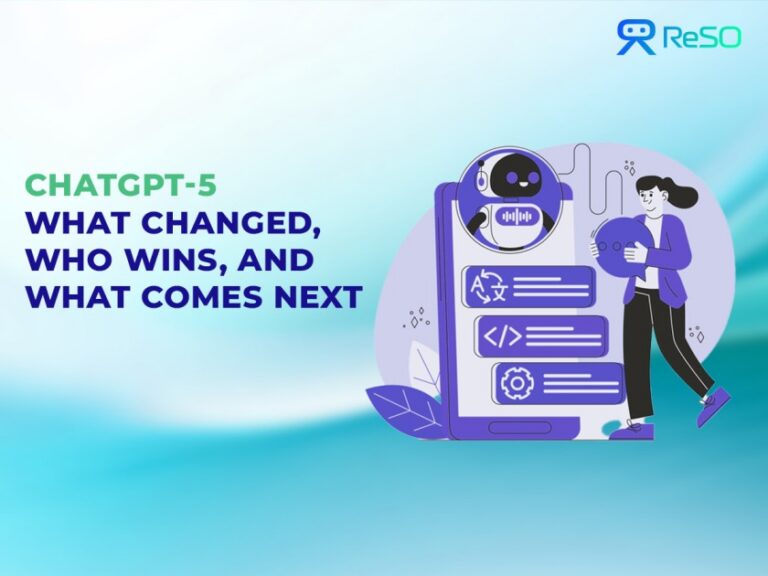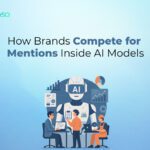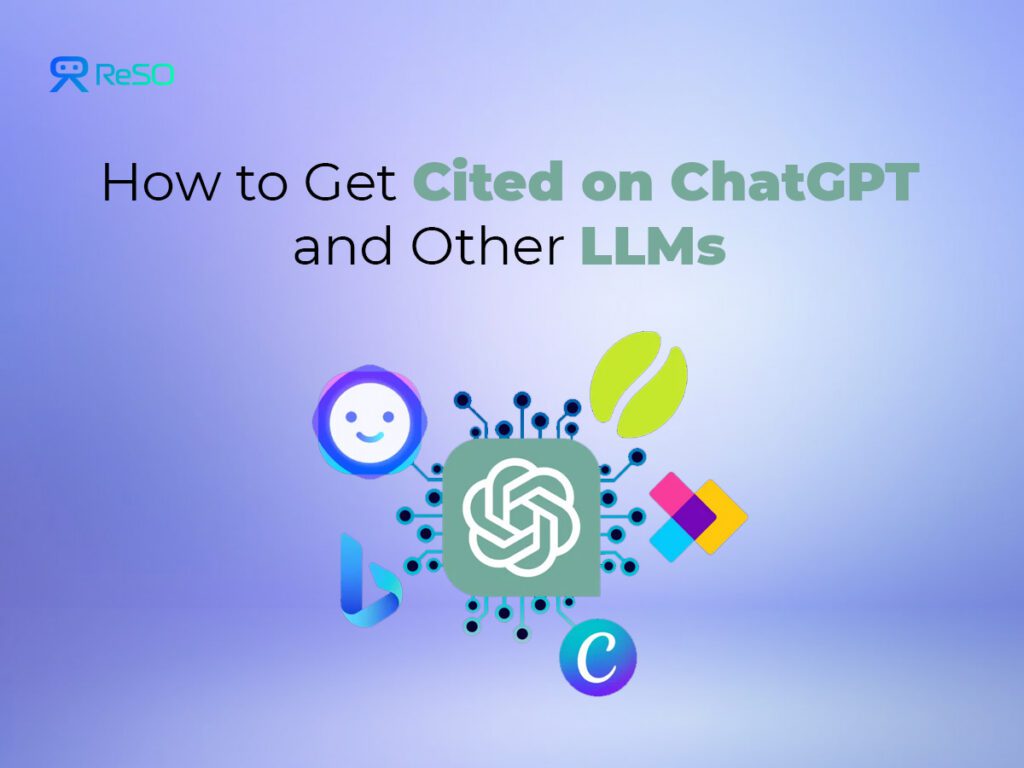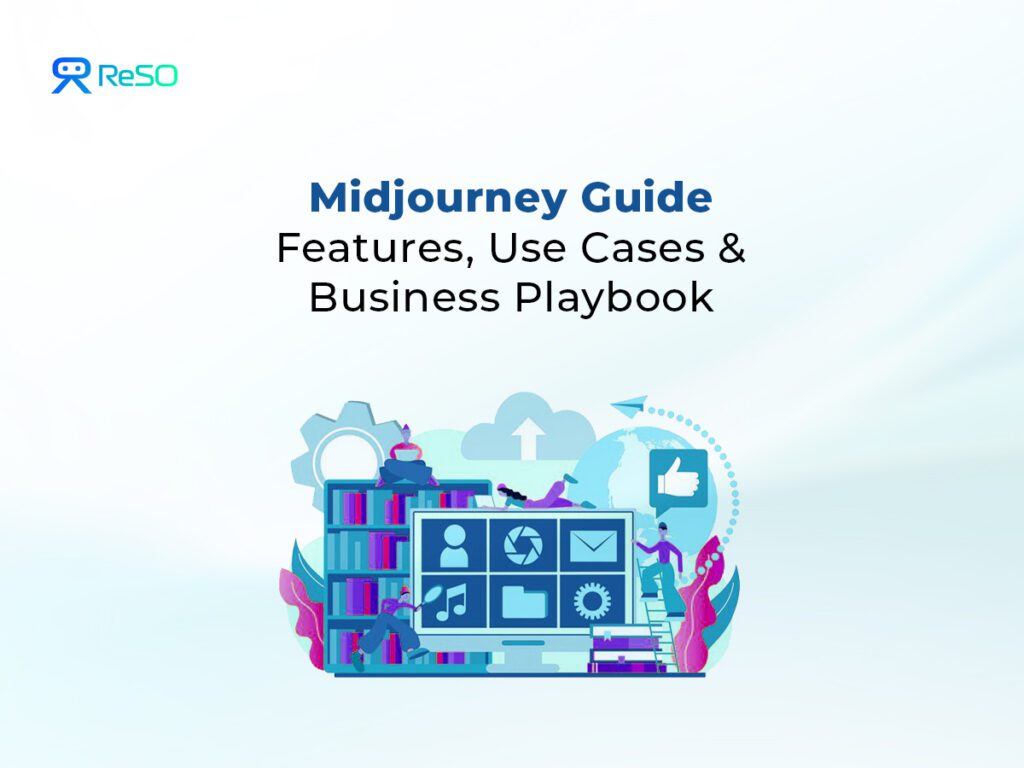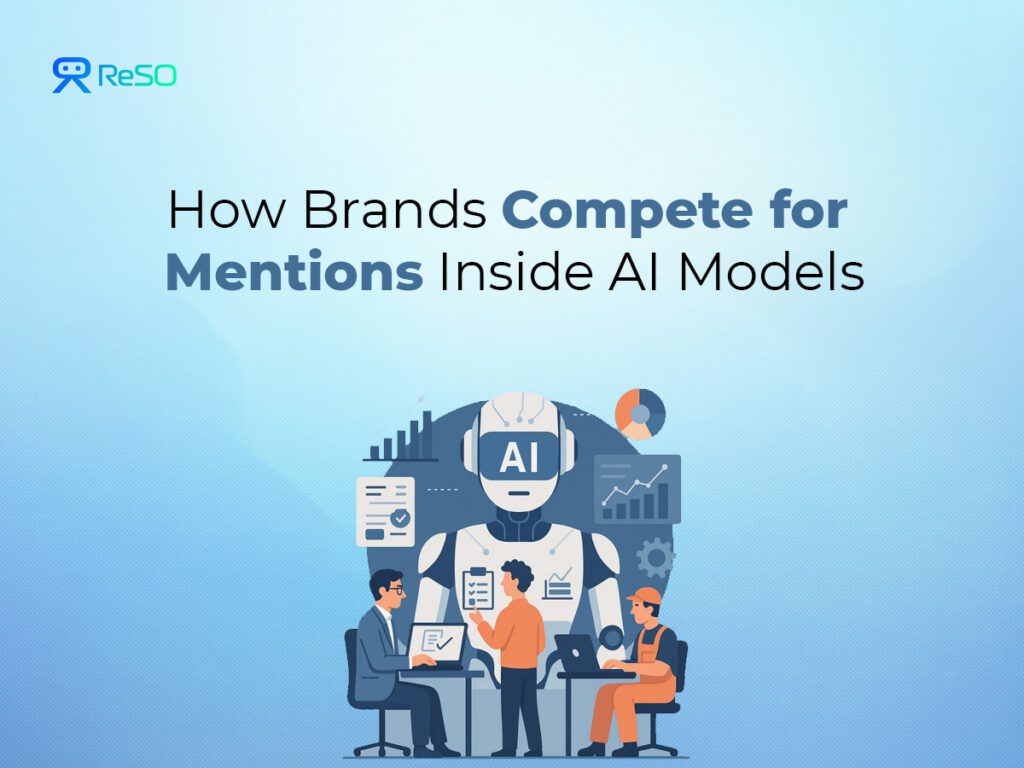When OpenAI rolled out GPT-5 in August 2025, it framed the model as a “unified” step forward—faster, better at code, and more deeply integrated into developer tools and enterprise stacks. For many organizations, the real questions are less about novelty and more about whether GPT-5 materially changes productivity, cost, and risk. The launch itself was not without issues; users reported inconsistent performance and OpenAI CEO Sam Altman acknowledged the debut was “a little more bumpy than we hoped for”.
This article explains what’s new, how businesses are using it today, and how it stacks up against powerful competitors such as Anthropic’s Claude, Google’s Gemini, and Microsoft’s Copilot.
A Brief Introduction to AI’s Journey to Mainstream
The journey to models like GPT-5 is built on decades of research in artificial intelligence. Early AI focused on rule-based systems, but the modern era of deep learning, which uses neural networks with many layers to learn from vast amounts of data, has driven exponential progress. The development of the “transformer” architecture in 2017 was a pivotal moment, enabling models to process and understand long sequences of text with unprecedented context.
OpenAI’s Generative Pre-trained Transformer (GPT) series capitalized on this, with each iteration demonstrating increasingly sophisticated language capabilities. GPT-3 (2020) captured the public imagination, but it was the launch of ChatGPT in November 2022 that made advanced AI a household name and a daily tool for millions. This set the stage for a new wave of innovation and intense competition, leading directly to the advancements seen in GPT-5 and its rivals.
OpenAI’s Enduring Influence
Since its founding in 2015, OpenAI has changed from a non-profit research lab into a dominant force in the AI industry. Its strategic shift to a “capped-profit” model and a multi-billion dollar partnership with Microsoft provided the immense computational resources needed to train larger and more powerful models. This partnership embedded OpenAI’s technology deep within the enterprise world via Azure and Microsoft 365 Copilot.
The widespread adoption of ChatGPT has forced a global conversation on AI ethics, safety, and regulation. The company has actively engaged with policymakers, advocating for a balance between innovation and oversight, though its lobbying for “light regulation” has drawn scrutiny.
Major OpenAI Milestones
| Year | Milestone | Significance |
| 2015 | OpenAI founded as a non-profit research lab | Established a mission to ensure AGI benefits all of humanity. |
| 2019 | Transitioned to a “capped-profit” model and received a $1 billion investment from Microsoft | Secured the massive funding and cloud infrastructure needed for large-scale model development. |
| 2020 | Launch of GPT-3 | Demonstrated human-like text generation, sparking widespread interest in LLMs. |
| 2022 | Release of ChatGPT | Made powerful AI accessible to the public, reaching 100 million users in two months and triggering a new wave of AI productization . |
| 2023 | Launch of GPT-4 | Introduced a more powerful and multimodal model, becoming the industry standard. |
| 2024 | Introduction of models like GPT-4o and Sora | Pushed the boundaries of real-time voice interaction and text-to-video generation. |
| 2025 | Launch of GPT-5 | Introduced a unified, adaptive reasoning system focused on enterprise integration and practical usability. |
How the AI Market Shifted:
The period between the launch of GPT-4 in 2023 and GPT-5 in 2025 was marked by rapid maturation in the AI market. The focus shifted from demonstrating raw capability to proving enterprise value, reliability, and cost-effectiveness.
| Change / Milestone | Pre-GPT-5 Era (2023–2024) | Post-GPT-5 Era (Late 2025) | Why It Matters |
| Model Specialization | Users toggled between different models (e.g., GPT-4 for reasoning, GPT-3.5 for speed). | GPT-5 uses an automatic “router” to select the best internal model for the task . | Simplifies user experience and optimizes performance without manual intervention. |
| Enterprise Integration | Integration was primarily API-driven, requiring significant developer effort. | Deep, native integrations into platforms like Microsoft 365 and Google Workspace are standard . | Lowers the barrier to adoption for businesses by embedding AI in existing workflows. |
| Hallucination & Reliability | High hallucination rates were a major barrier to trust in high-stakes applications. | GPT-5 claims an 80% reduction in hallucinations; focus shifts to “safe completions” instead of outright refusals . | Increased reliability makes AI viable for more sensitive tasks in finance, healthcare, and legal fields. |
| Competitive Landscape | OpenAI held a clear lead in general-purpose model capabilities. | The market is fragmented, with strong niche competitors like Anthropic (coding), Google (search), and open-source models (customization) . | “Best model” is now use-case dependent; enterprises have more choice but face more complex vendor decisions. |
| Cost Dynamics | High API costs were a concern for scaling applications. | Price wars and the rise of highly efficient smaller models (e.g., GPT-5 Nano, DeepSeek) make AI more affordable . | Lowers the cost of experimentation and deployment, accelerating AI adoption across industries. |
A Deep Dive into the Key Features
GPT-5 represents a significant evolution in OpenAI’s strategy, prioritizing practicality and integration over raw performance metrics alone.
Core Model Improvements
The standout feature of GPT-5 is its unified system architecture. Instead of a single monolithic model, it employs a smart router that directs prompts to different underlying models in real-time. This system can choose between a “fast” model for simple queries and a deeper “thinking” model for complex, multi-variable questions, a process that is invisible to the user. This adaptive approach is designed to provide the optimal balance of speed, cost, and reasoning depth for any given task.
OpenAI claims this new architecture, combined with other advancements, has led to a significant reduction in hallucinations, the tendency for models to generate false information. While early reviews confirm improved accuracy, the model is not infallible.
Multimodality, Context, and Performance
GPT-5 expands on the multimodal capabilities of its predecessors, handling a mix of text, code, and images within a single prompt. It features a large 400,000-token context window, allowing it to process and recall information from very large documents or long conversations.
In terms of performance, the model’s routing system dynamically manages latency and throughput. Simple requests receive near-instant responses, while complex prompts that trigger the “thinking” mode take longer to process.
Coding, UX, and Integration
Coding has been a major area of focus. GPT-5 is described as OpenAI’s “strongest coding model to date,” with improvements in generating complex front-end code and debugging large repositories. It is deeply integrated into GitHub Copilot and Visual Studio Code.
The user experience has also been enhanced with new personalization features:
- Customizable Personalities: Users can select a tone for the assistant, such as “concise,” “supportive,” or “sarcastic”.
- Connectors: For paid users, GPT-5 can now directly integrate with Gmail and Google Calendar, allowing it to manage schedules and draft emails.
Real-World Use Cases Across Industries
GPT-5’s improvements in reliability and reasoning have unlocked more advanced applications across B2B, B2C, and other sectors.
| Industry | Model | Use Case | Benefit | Example / Implementation Note | Key Risk |
| Healthcare | B2B | Clinical Note & Report Summarization | Saves clinicians hours of administrative work and reduces burnout. | GPT-5 can ingest unstructured clinical notes or complex biopsy reports and generate a structured summary for EMR systems. Its hallucination rate on medical cases is reportedly just 1.6% . | Data privacy (HIPAA compliance) and the risk of misinterpretation of critical medical data. |
| Finance | B2B | Automated Financial Modeling | Accelerates financial analysis from days to minutes. | Financial research firms use GPT-5 to ingest SEC filings and build three-statement financial models, with traceable assumptions . | Inaccuracy in financial data can lead to significant investment losses; regulatory compliance is critical. |
| Legal & Compliance | B2B | Contract Analysis and Review | Speeds up due diligence and identifies potential risks in legal documents. | GPT-5 can scan thousands of contracts to flag non-standard clauses or summarize key obligations. | Legal interpretation requires precision; model errors could lead to severe legal and financial consequences. |
| Customer Support | B2C | Proactive Customer Engagement | Moves beyond reactive support to anticipating customer needs. | An e-commerce company could use GPT-5 to analyze a customer’s browsing history and support tickets to proactively offer help or relevant product recommendations. | Overly aggressive or inaccurate “proactive” support can feel intrusive and damage the customer relationship. |
| EdTech | B2C/P2P | Personalized Tutoring & Lesson Planning | Creates adaptive learning paths tailored to each student’s pace and style. | GPT-5 can generate lesson plans, create practice questions, and provide step-by-step explanations for complex subjects . | Risk of students becoming overly reliant on the AI; ensuring pedagogical soundness and accuracy is vital. |
| Marketing | B2B/D2C | Hyper-Personalized Campaign Generation | Creates highly targeted marketing content at scale. | By connecting to a CRM, GPT-5 can generate unique email copy and ad variations for micro-segments of customers based on their purchase history and behavior . | Data privacy concerns and the potential for creating content that, while personalized, lacks genuine brand voice. |
| Creative Agencies | B2B | Concept Development and Storyboarding | Accelerates the creative brainstorming process for campaigns, scripts, and visual concepts. | An agency can use GPT-5 to generate multiple creative concepts, write script drafts, and even suggest visual styles for a new ad campaign . | Risk of generating generic or derivative ideas; human creativity is still needed for originality. |
| E-commerce | B2C/P2P | Dynamic Product Descriptions | Optimizes product listings for SEO and conversion in real-time. | An online marketplace can use GPT-5 to automatically generate persuasive and keyword-rich product descriptions from basic product specs and images . | Inconsistent quality or tone can damage brand perception; potential for SEO penalties if content is low-quality. |
The Competitive Gauntlet:
While GPT-5 is a powerful contender, its dominance is far from assured. The AI landscape in late 2025 is crowded with formidable competitors, each with unique strengths.
| Vendor / Model | Latest Release (Date) | Strengths | Weaknesses | Best Enterprise Fit | Safety & Alignment |
| OpenAI – GPT-5 | August 7, 2025 | Versatile all-rounder; strong reasoning and coding; deep Microsoft integration; large context window (400k tokens) . | Bumpy launches with initial performance issues; can be more expensive than some rivals for certain tasks . | Large enterprises, especially those in the Microsoft ecosystem; developers needing a powerful, general-purpose model. | “Safe completions” approach aims to be helpful without being harmful, but is still vulnerable to jailbreaks . |
| Anthropic – Claude 4 | May 21, 2025 | World-class coding capabilities; strong focus on enterprise safety and reliability; “extended thinking” for complex tasks. | Can be less creatively spontaneous than GPT models; consumer data now used for training unless users opt out . | Software development, legal, and financial services where precision and safety are paramount. | Historically a leader in AI safety; recent policy change on consumer data training has raised some concerns . |
| Google – Gemini 2.5 | May 2025 | Superior integration with real-time data and Google Search; excellent video and audio understanding; “Deep Think” for enhanced reasoning. | Can be overly cautious in its responses; creative and coding capabilities sometimes lag behind GPT-5 and Claude 4. | Media, marketing, and research roles that rely on up-to-the-minute information and multimodal analysis. | Strong safety filters, sometimes to the point of hindering performance; focuses on content watermarking . |
| Microsoft – Copilot | August 2025 (GPT-5 Integration) | Unmatched integration across the Microsoft 365 ecosystem (Teams, Outlook, Office); leverages GPT-5’s power with enterprise-grade security. | Value is tied to the Microsoft ecosystem; performance is dependent on the underlying OpenAI model. | Any organization heavily invested in Microsoft’s software suite. | Inherits OpenAI’s safety model but adds Microsoft’s enterprise compliance and security layers . |
| Meta – Llama 4 | April 2025 (4.X expected end of 2025) | Open-source, allowing for deep customization and on-premise deployment; strong community support and rapid iteration. | Performance on reasoning and instruction-following can lag behind closed-source models; requires more technical expertise to implement. | Startups and large tech companies wanting to build proprietary AI solutions without vendor lock-in. | Safety is developer-dependent, though Meta provides safety-tuned model variants. |
| Niche Players (Grok, DeepSeek, etc.) | Varies (2025) | Grok: Real-time information access and a distinctive, humorous personality. DeepSeek: Offers competitive reasoning and coding performance at a fraction of the cost . | Often lack the polish, broad feature set, and enterprise support of larger players. | Grok: Media and consumer-facing applications. DeepSeek: Cost-conscious startups and academic researchers. | Varies widely; often less mature than the major labs. |
Who Wins in 2025?
- For the Enterprise: Microsoft Copilot with GPT-5 is the clear winner for businesses already embedded in the Microsoft ecosystem. The seamless integration with daily tools like Outlook and Teams creates a productivity flywheel that is hard to replicate. For specialized enterprise tasks requiring extreme precision, like software engineering or financial analysis, Anthropic’s Claude 4 presents a compelling, safety-focused alternative.
- For Creative Work: GPT-5 remains the most versatile tool for creative professionals, adept at everything from writing and brainstorming to generating code for interactive projects. However, Google’s Gemini 2.5, with its advanced image and video capabilities (Imagen 4 and Veo 3), is rapidly closing the gap, especially for multimodal content creation.
- For Research and Development: The open-source nature of Meta’s Llama models makes them a favorite among academics and startups focused on building custom AI solutions. The ability to fine-tune and inspect the model architecture allows for a level of transparency and control that closed-source models cannot offer.
The Unresolved Issues: Risks, Ethics, and Regulation
Despite the progress, GPT-5 carries forward the fundamental challenges of its predecessors.
- Misuse and Jailbreaking: Within 24 hours of its launch, security firm Tenable demonstrated it could bypass GPT-5’s safety guardrails and coax it into providing instructions for building a weapon. This highlights that no model is immune to manipulation, posing a persistent risk of misuse for malicious purposes. OpenAI’s new “safe completions” approach, which aims to provide helpful context on sensitive topics rather than refusing outright, is a nuanced strategy but one that still presents a larger attack surface.
- Data Privacy: The hunger for data to train ever-larger models creates a privacy dilemma. In August 2025, Anthropic shifted its policy to use consumer chat data for training unless users explicitly opt out, a move that brings it in line with OpenAI’s practice but raises concerns about user data privacy.
- Bias and Hallucinations: While reduced, hallucinations and algorithmic bias remain inherent issues. The models are trained on vast internet datasets, which contain societal biases and inaccuracies that can be reflected and amplified in the AI’s outputs.
- Regulation: The regulatory space remains fragmented. OpenAI has actively lobbied for a light-touch approach in the U.S., favoring innovation speed over stringent controls. Meanwhile, governments worldwide are still grappling with how to balance the economic potential of AI with the need to mitigate its risks, leading to a complex and uncertain compliance environment for global businesses.
What Comes Next:
The release of GPT-5 is a significant milestone, but the pace of innovation shows no signs of slowing. Looking ahead 6 to 12 months, several key trends are likely to shape the next phase of AI development:
- The Rise of Autonomous Agents: The capabilities within GPT-5 are a stepping stone toward more autonomous AI agents, systems that can independently execute complex, multi-step tasks. We can expect to see more sophisticated agents capable of managing schedules, conducting research, and even performing online transactions with minimal human oversight.
- Intensifying Competition and Price Wars: GPT-5’s lead is fragile. Competitors like Google, Anthropic, and Meta are expected to release their next-generation models (Gemini 3, Claude 5, Llama 5) within the next year. This will likely trigger further price wars in API access and a race to differentiate on more than just raw performance.
- The Push for On-Device AI: To address privacy and latency concerns, there will be a growing emphasis on powerful yet efficient models that can run directly on personal devices like laptops and smartphones. Models like GPT-5’s nano variant are early indicators of this trend.
The era of AI as a standalone novelty is over. The future belongs to those who can effectively integrate these powerful, and imperfect, tools into the core of their daily workflows to drive tangible value.
Resources & Further Reading
Primary Sources:
- OpenAI. (2025, August 7). Introducing GPT-5. openai.com/gpt-5
- OpenAI. (2025, August 26). ChatGPT — Release Notes. help.openai.com/en/articles/6825453-chatgpt-release-notes
- Microsoft. (2025, August 17). GPT-5: The 7 new features enabling real world use cases. techcommunity.microsoft.com
- Anthropic. (2025, May 21). Introducing Claude 4. anthropic.com/news/claude-4
- Google. (2025, May 28). Google I/O 2025 highlights: AI Mode, Gemini 2.5, Veo 3 & latest AI updates. revolgy.com
Independent Analysis & Reviews:
- Built In. (2025, August 12). GPT-5: What’s New in OpenAI’s Latest ChatGPT Model?builtin.com
- Tenable. (2025, August 13). Tenable Jailbreaks OpenAI’s GPT-5 Within 24 Hrs. smechannels.com
- Business Insider. (2025, August 28). Meta Races to Launch Latest Llama AI Model by Year-End. businessinsider.com
- Semantic Scholar. (2025, August 15). Capabilities of GPT-5 across critical domains: Is it the next breakthrough? semanticscholar.org
